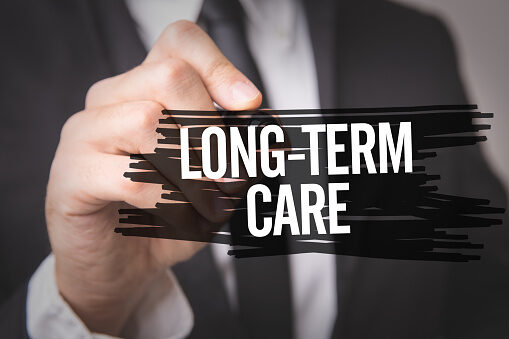- FREE WORKSHOPS - SIGN UP TODAY!
Alzheimer’s Disease: Facts Versus Fiction

What is Medicare and Do You Need to Re-enroll?
October 25, 2022
‘Tis The Season To Give, But What About Gift Taxes?
November 22, 2022The number of people living with Alzheimer’s disease in the United States is growing rapidly. So, too, are the number of myths surrounding the disease and other forms of dementia. Let’s begin by looking at what we do know about the prevalence of Alzheimer’s before investigating two of the more common myths.
Approximately 5.8 million Americans are currently living with Alzheimer’s disease. Of these, some 5.5 million are 65 years of age or older. In addition:
- One in 10 people 65 and over has Alzheimer’s disease
- Nearly two out of three Americans with Alzheimer’s disease are women
- African-Americans are approximately twice as likely as older Caucasians to have Alzheimer’s or other forms of dementia
- Hispanics are about one and one-half times as likely to have Alzheimer’s or other dementias as older Caucasians
- As the population grows older, the number of new cases of Alzheimer’s disease is expected to soar
- Today, someone in the United States develops Alzheimer’s disease every 66 seconds. By 2050, this figure is likely to increase to one new case every 33 seconds
Now let’s look at some of the two most common myths surrounding Alzheimer’s disease and other forms of dementia.
Myth #1 It is entirely natural to lose one’s memory.
While it is normal to have occasional memory loss as one grows older, Alzheimer’s is a disease that causes brain cells to malfunction and ultimately die. When this occurs, a person may forget things as basic as the name of a close, longtime friend or how to return to a home they have resided in for decades. If you or someone you love is experiencing frequent memory lapses or other problems with thinking and learning, contact a physician. Sometimes these problems are caused by side effects to medication, vitamin deficiencies or other conditions that can be reversed with treatment. The Alzheimer’s Association has developed information to help you tell the difference between “normal” memory loss and Alzheimer’s disease. You can access this information by visiting https://www.alz.org/alzheimers-dementia/10_signs.
Myth #2 Alzheimer’s disease is not fatal.
Sadly, Alzheimer’s disease does not leave any survivors. It destroys brain cells and causes changes to memory, behavior and bodily functions. It slowly and painfully robs a person of his or her identity, capacity to connect with others, think, talk, walk, eat and more.
While Alzheimer’s is a scary disease, it is the most common type of dementia. Early diagnoses can help you plan and prepare for your financial and care needs with your friends and family.
For more resources on Aging, Alzheimer’s Disease and Cognitive Health visit https://www.cdc.gov/aging/aginginfo/alzheimers.htm




